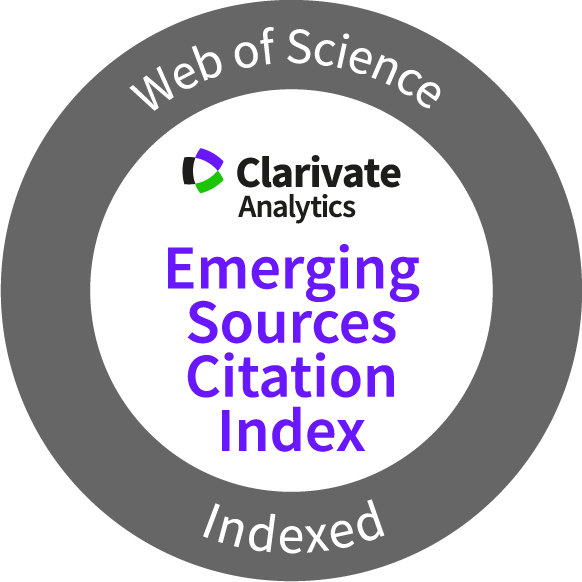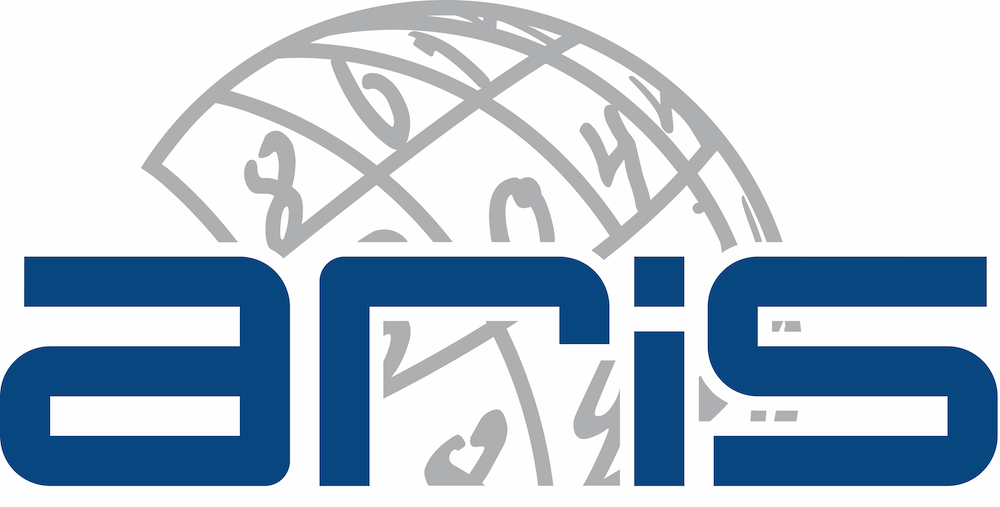Journal of Information Technology in Construction
ITcon Vol. 30, pg. 1314-1331, http://www.itcon.org/2025/53
From Data to Cultural Response: A Machine Learning–Driven Digital Twin Model for Smart Heritage Precincts in Urban Context
| DOI: | 10.36680/j.itcon.2025.053 | |
| submitted: | April 2025 | |
| revised: | July 2025 | |
| published: | September 2025 | |
| editor(s): | Purushothaman M B, GhaffarianHoseini A, Ghaffarianhoseini A, Rahimian F | |
| authors: | Shiran Geng, Lecturer
Institute of Sustainable and Liveable Cities, Victoria University, Melbourne, Australia ORCID: https://orcid.org/0000-0001-6992-1420 shiran.geng@vu.edu.au Se Yan*, PhD Candidate (corresponding author) The Faculty of Architecture, Building and Planning, the University of Melbourne, Melbourne, Australia ORCID: https://orcid.org/0000-0003-2226-6654 sey@student.unimelb.edu.au Hing-Wah Chau, Senior Lecturer Institute of Sustainable and Liveable Cities, Victoria University, Melbourne, Australia ORCID: https://orcid.org/0000-0002-3501-9882 hing-wah.chau@vu.edu.au Elmira Jamei, Associate Professor Institute of Sustainable and Liveable Cities, Victoria University, Melbourne, Australia ORCID: https://orcid.org/0000-0002-7909-9212 elmira.jamei@vu.edu.au Zora Vrcelj, Professor Institute of Sustainable and Liveable Cities, Victoria University, Melbourne, Australia ORCID: https://orcid.org/0000-0002-1403-7416 zora.vrcelj@vu.edu.au | |
| summary: | In the context of Smart Cities, Smart Heritage has emerged as a forward-oriented strategy aimed at enhancing the construction, management, accessibility, and sustainability of culturally significant environments. Yet, within Smart Heritage discourse, the distinction between basic digital representations and truly responsive, sensor-informed systems remains underdeveloped. This study addresses this gap by proposing a machine learning–enhanced digital twin simulation framework that enables both real-time and anticipatory heritage interventions. Using Chinatown Melbourne as an urban heritage case study, five open-access urban datasets, pedestrian counting, on-street parking, microclimate conditions, dwelling functionality, and Microlab sensor data (CO₂, sound level, and accelerometer), were evaluated, with three integrated into a pilot simulation model. A key contribution is the inclusion of a conceptual ‘Heritage Layer’ that overlays cultural significance and symbolic meaning across all stages of system logic and design response. The model also incorporates a dedicated machine learning layer, trained on full-year 2024 sensor data, to forecast environmental and behavioural triggers such as crowd build-up. This predictive capability enables the system to shift from reactive monitoring to proactive design interventions aligned with cultural rhythms. A December 2024 simulation validated the frequency and relevance of trigger-based activations. Rather than relying on platform-specific code, the framework is designed for adaptability across construction informatics environments and heritage precincts globally. Findings demonstrate how Smart Heritage systems can bridge environmental sensing, cultural identity, and post-construction evaluation, offering a scalable methodology for digitally responsive, culturally attuned urban heritage management. | |
| keywords: | Smart Heritage, Digital Twin Framework, Urban Sensor, Machine Learning for Heritage Sites, Heritage Site Construction Informatics, Environmental Monitoring, Heritage-Aware Design, Chinatown Melbourne | |
| full text: | (PDF file, 0.71 MB) | |
| citation: | Geng S, Yan S, Chau H-W, Jamei E, Vrcelj Z (2025). From Data to Cultural Response: A Machine Learning–Driven Digital Twin Model for Smart Heritage Precincts in Urban Context, ITcon Vol. 30, Special issue Smart and Sustainable Built Environment (SASBE 2024), pg. 1314-1331, https://doi.org/10.36680/j.itcon.2025.053 | |
| statistics: |





